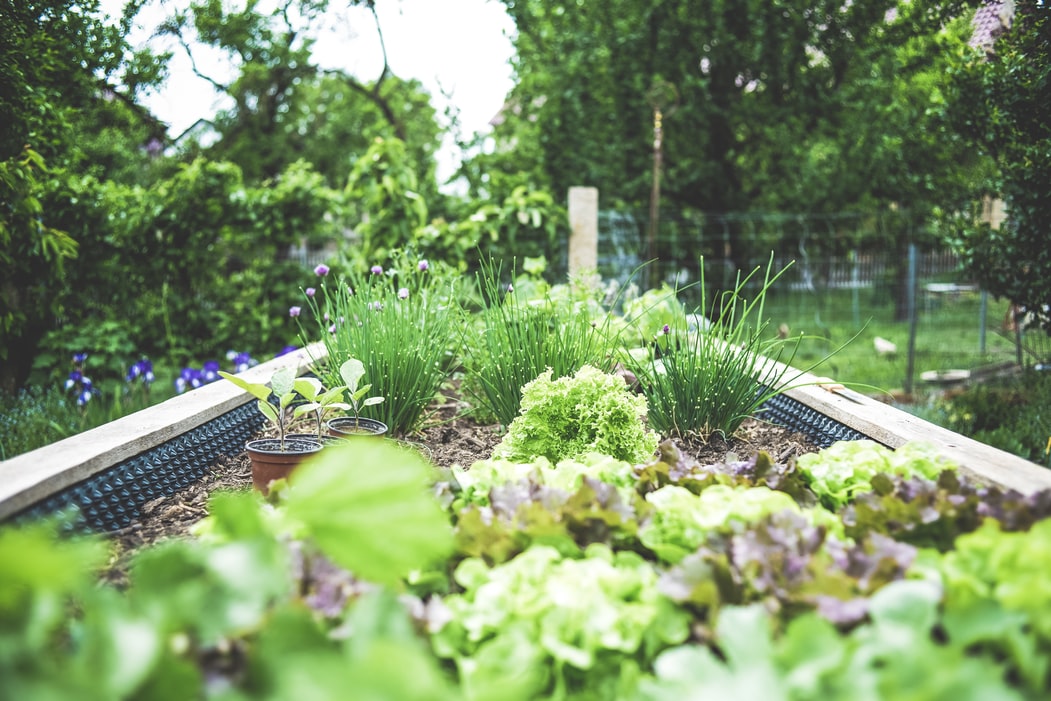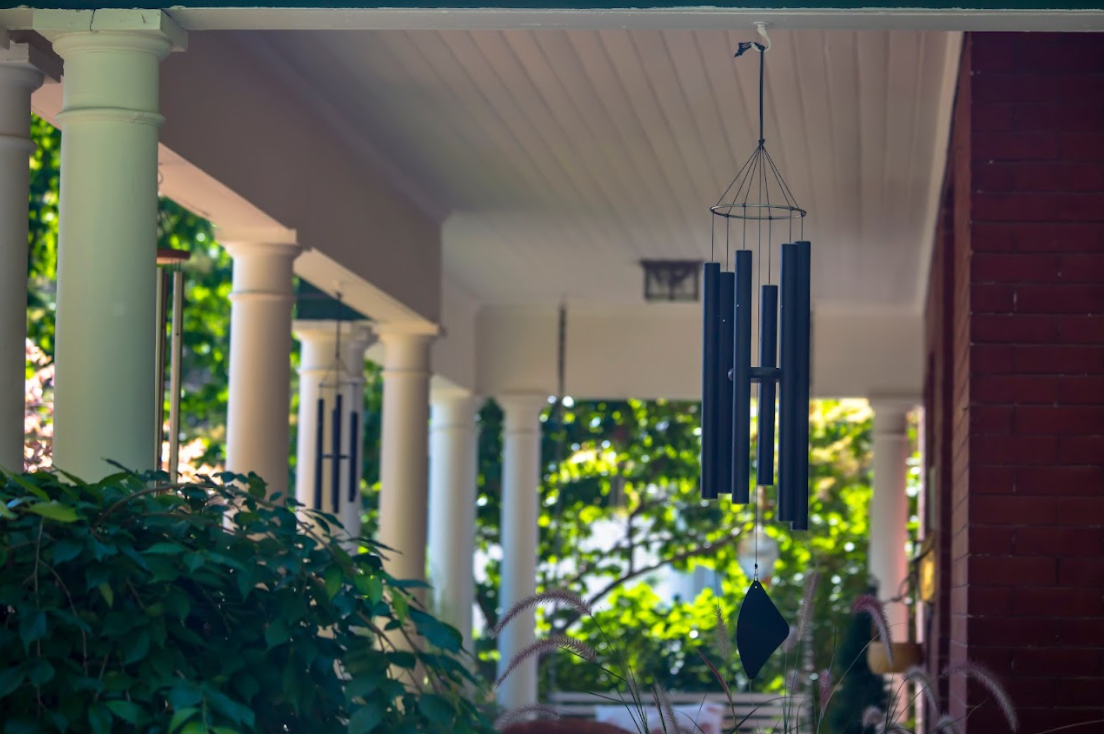Raised Garden Beds: Are They Worth It?

Discover the pros and cons of raised garden beds, including improved soil quality, better drainage, and easier access. Learn if they’re worth the investment.
Many people now enjoy gardening, mainly because they realize that growing food at home is better than purchasing food that wasn’t grown organically. As per 2023 data, 35% of all households grow food in the backyard or community gardens.
Now, if you’re part of this group or just starting to get your hands on gardening, you’ve probably heard about raised garden beds. These elevated planting areas have become increasingly popular in recent years, but are they worth the extra effort and expense?
In this article, you’ll discover the benefits of raised garden beds and some drawbacks you must consider. At the end of this reading, you may be able to decide if they’re the right choice for your garden or not.
Benefits of raised garden beds
Raised garden beds offer the following compelling benefits for home gardeners:
- Improved soil quality
One of the biggest advantages of raised garden beds is the ability to create the perfect growing medium for your plants. In a traditional in-ground garden, you’re largely stuck with the soil that nature (or your local construction crew) has provided. This can be a real challenge, especially if you have heavy clay soil or rocky, nutrient-poor dirt.
With a raised bed, you have the freedom to custom blend the soil to your specific plants’ needs. Experts suggest that an excellent raised bed soil should be a mixture of 40-60% high-quality topsoil and compost or other well-decomposed organic material. This can lead to significantly healthier, more productive plants that are better able to thrive.
However, you can only reap all these benefits if you make the raised garden beds correctly. If you’re new to gardening and don’t have an adequate idea of how to do it, you can ask the nearest top-rated landscaping company to make the raised garden beds for you.
- Better drainage
Speaking of thriving plants, the elevated nature of raised beds also helps with another common gardening woe—drainage. Poor drainage is the bane of many a green thumb, leading to waterlogged soil, root rot, and all types of plant health issues.
Raised beds, with their improved elevation and often built-in drainage systems, help mitigate this problem. The soil in a raised bed warms up faster in the spring and tends to stay warmer later into the fall. This effectively extends your growing season.
- Easier access
Another often-cited benefit of raised garden beds is the improved accessibility they provide. Instead of bending down and straining your back to tend to your plants, you can simply walk up to the edge of the bed and get to work. This can be a game-changer for gardeners with mobility issues or those who just want to save some stress on their joints.
Plus, with easier access, you may want to spend more time in your garden. So far, data reveals that home gardeners spend around 70 hours every year tending to their gardens. But with raised garden beds, you may be able to do more than that.
- Freeing up ground space
Speaking of space, raised beds can help you fit more into your garden. By elevating the planting area, you free up the ground space around the bed, which you can use for pathways, additional beds, or even decorative elements. And because the soil in a raised bed warms up faster in spring, you may be able to get a jump start on your planting season.
- Weed control
Weed control is another major advantage of raised beds. The contained, elevated design makes it much easier to manage weeds manually since you don’t have to worry about them spreading from the surrounding soil. And the improved drainage helps prevent weed seeds from sprouting in the first place.
Overall, the many advantages of raised garden beds make them a highly attractive option for a wide range of gardeners.
Potential drawbacks of raised garden beds
So, with all these benefits, it seems like a no-brainer to go with raised beds, right? Well, not so fast. There are also some potential drawbacks to consider.
- Cost
The primary downside is the initial investment of time and money required to build them. Constructing a raised bed from scratch can be a fairly labor-intensive project, and the materials (wood, soil, etc.) can add up quickly.
The cost can vary depending on the materials used and whether you build it yourself or have it professionally constructed. A basic 4-by-8-foot cedar frame, which you can either build from scratch or purchase as a kit, typically runs just over USD$ 100.
On the higher end, a 4-by-8-foot raised bed with brick sides, built by a mason, will cost around USD$ 2,000. Additionally, you’ll need to factor in the cost of soil to fill the bed—plan on spending roughly USD$ 3 per cubic foot for bagged garden-ready soil.
Despite this being quite an investment, many gardeners find that the long-term benefits outweigh these upfront costs.
- Quickly dry out
Another potential issue with raised beds is that they can dry out more quickly than in-ground gardens, particularly during hot, dry spells. This means you’ll need to be diligent about watering to keep your plants happy and healthy.
Additionally, the elevated nature of the beds can make them more susceptible to wind damage, so you may need to take steps to protect your plants, such as installing windbreaks or trellises.
So, now that you’ve explored the pros and cons, it’s time to circle back to the big question: are raised garden beds worth it?
Is it really worth it?
The answer, as with many things in life, is that it depends. If you have poor native soil, limited space, or mobility concerns, the benefits of raised beds may make them a no-brainer. The ability to create the perfect growing conditions for your plants, coupled with the improved accessibility, can be a game-changer for many gardeners.
On the other hand, if you have healthy, nutrient-rich soil and plenty of garden space, the extra effort and expense of building raised beds may not be worth it. In such cases, you may be better off focusing your energy and resources on other gardening tasks, such as improving your composting system or experimenting with new plant varieties.
One final consideration is the potential impact of raised garden beds on the environment. While they can be a more efficient use of space and help to reduce soil compaction, they also require the use of additional materials, such as lumber or concrete, which can have a carbon footprint. If sustainability is a priority for you, you may want to explore more eco-friendly options, such as using recycled or reclaimed materials or opting for a no-dig gardening approach.
Ultimately, the decision to go with raised garden beds comes down to your specific gardening goals and the challenges you face in your growing area. It’s a good idea to weigh the pros and cons carefully and consider your budget, available space, and personal needs and preferences.
Concluding Thoughts
Regardless of whether you choose to go with raised beds or stick to a traditional in-ground garden, the most important thing is to have fun and enjoy the process. Gardening is a rewarding and therapeutic activity that can provide you with fresh, nutritious produce, beautiful flowers, and a deeper connection to the natural world. So, don’t be afraid to experiment and find the gardening method that works best for you and your unique growing conditions!








